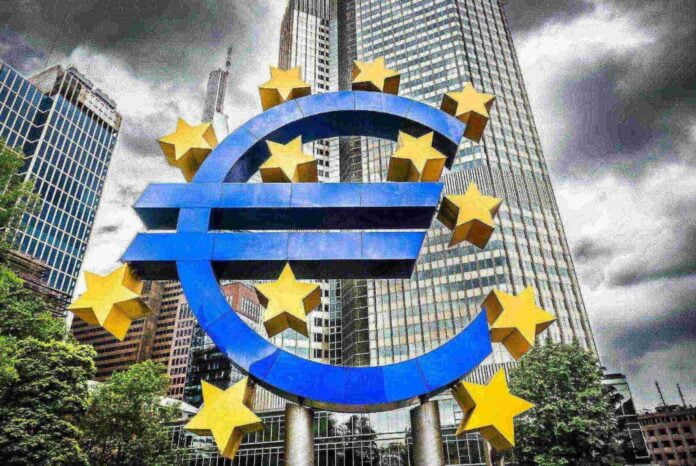
The European Central Bank (ECB) has unveiled its ambitious plan to introduce a digital euro by 2028. However, while this move is seen as a response to changing payment habits brought about by the COVID-19 pandemic, many crucial details remain shrouded in uncertainty, leaving questions unanswered.
Sandra Battisti, a consumer advocate at the Chamber of Labor, highlights the ambiguity surrounding the digital euro project. “As to whether the ECB is planning a digital currency or whether it even makes sense, there hasn’t been a concrete decision on how the digital euro will be specifically designed,” says Battisti.
One driving force behind the digital euro is the shifting landscape of payment methods. Cash usage has dwindled, partly due to the pandemic. Battisti notes, “Cash is being used less,” but she also emphasizes that older generations still prefer cash transactions. The ECB aims to bridge this gap by offering digital central bank money that mimics the convenience and accessibility of physical cash. Additionally, it should be resistant to failure, offering a safeguard against potential bank collapses.
However, it’s worth noting that the ECB intends for the digital euro to serve solely as a means of payment, with rumors suggesting it may have payment limits, possibly capping at 3,000 euros. This means that individuals like Battisti may no longer enjoy the same level of deposit protection they currently have with traditional bank accounts.
Data privacy remains a critical concern for the ECB, particularly in the era of digital transactions. Battisti underscores that data protection is essential for both citizens and financial service providers. “Non-European providers like Visa, Mastercard, Diners, PayPal, and Apple Pay may not align with European data security standards,” she warns. This raises questions about the safety of the digital euro infrastructure.
One of the central issues facing the digital euro project is the mandate for every citizen to possess an app or a digital wallet, which acts as an electronic purse. Battisti raises concerns about the security of such solutions and questions whether the general population will embrace them. She does, however, make it clear that traditional banks will continue to play a crucial role, emphasizing that the classic checking account will not become obsolete.
In conclusion, the ECB’s digital euro plan is a significant step toward modernizing European payment methods, but it is met with skepticism and many unanswered questions. As the project progresses, addressing these concerns will be essential to ensure its successful implementation.






